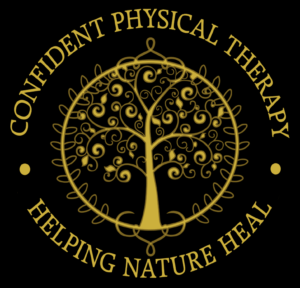Managing Osteoarthritis: Physical Therapy Approaches and Techniques
Osteoarthritis is a common joint disorder that affects millions of people worldwide. It occurs when the cartilage that cushions the ends of bones in joints gradually wears away, leading to pain, stiffness, and reduced mobility. Although there is no cure for osteoarthritis, there are various treatment options that can help manage symptoms and improve quality of life. In recent years, physical therapy has emerged as a promising approach to managing osteoarthritis.
Physical therapy for osteoarthritis involves a range of techniques and approaches aimed at improving joint function and reducing pain. One of the key goals of physical therapy is to help patients maintain or improve their range of motion in affected joints. This can be achieved through exercises that stretch and strengthen muscles around the joint, as well as through manual therapy techniques that mobilize the joint and improve its flexibility.
Another important aspect of physical therapy for osteoarthritis is pain management. Physical therapists can use a variety of techniques to help patients manage their pain, including ice and heat therapy, electrical stimulation, and ultrasound. They may also teach patients relaxation techniques and coping strategies to help them manage the emotional stress that can come with chronic pain.
In addition to these techniques, physical therapists may also recommend lifestyle changes and modifications to help manage osteoarthritis symptoms. For example, they may suggest weight loss to reduce the load on affected joints, or changes to daily activities to minimize joint stress. They may also recommend assistive devices, such as braces or canes, to help patients manage their symptoms and maintain their mobility.
In recent years, two promising therapies for osteoarthritis have emerged: laser therapy and pulsed electromagnetic therapy. Laser therapy uses low-level laser or light-emitting diodes (LEDs) to stimulate cellular function and promote healing. In the context of osteoarthritis, laser therapy can help reduce inflammation, relieve pain, and promote tissue repair in affected joints. Pulsed electromagnetic therapy, on the other hand, uses electromagnetic fields to stimulate cells and promote healing. The therapy has been shown to be effective in reducing pain, inflammation, and stiffness in osteoarthritis patients.
Both laser therapy and pulsed electromagnetic therapy are safe and non-invasive, making them attractive treatment options for osteoarthritis patients who want to avoid surgery or medication. However, it’s important to note that these therapies are not a substitute for conventional medical care and should be used in conjunction with other treatments, such as physical therapy, exercise, and medication.
In addition to these therapies, there are several other habits and lifestyle changes that can help manage osteoarthritis and promote graceful aging. Regular exercise, such as walking or swimming, can help improve joint flexibility and reduce pain. A healthy diet rich in anti-inflammatory foods, such as fruits, vegetables, and whole grains, can also help reduce inflammation and support overall health.
Maintaining a healthy weight is also important for managing osteoarthritis, as excess weight puts additional stress on joints. Quitting smoking and reducing alcohol consumption can also help promote joint health and reduce the risk of complications.
In conclusion, osteoarthritis can be a debilitating condition, but there are several treatment options available to manage symptoms and improve quality of life. Physical therapy, laser therapy, and pulsed electromagnetic therapy are all promising approaches to managing osteoarthritis, and should be used in conjunction with other treatments and healthy habits to promote overall health and graceful aging.


